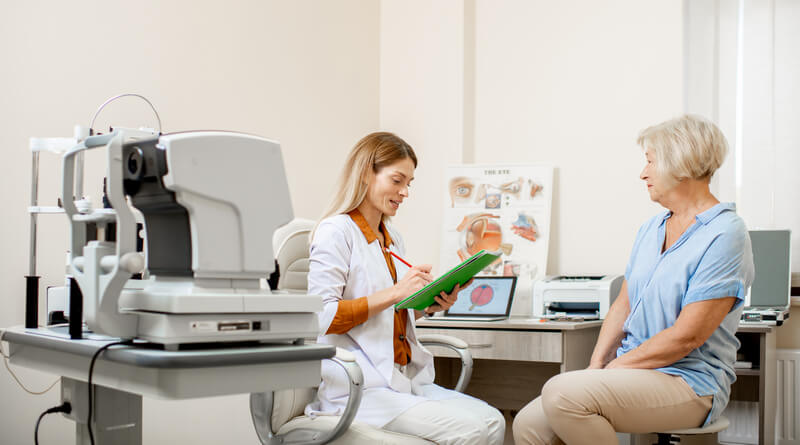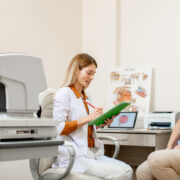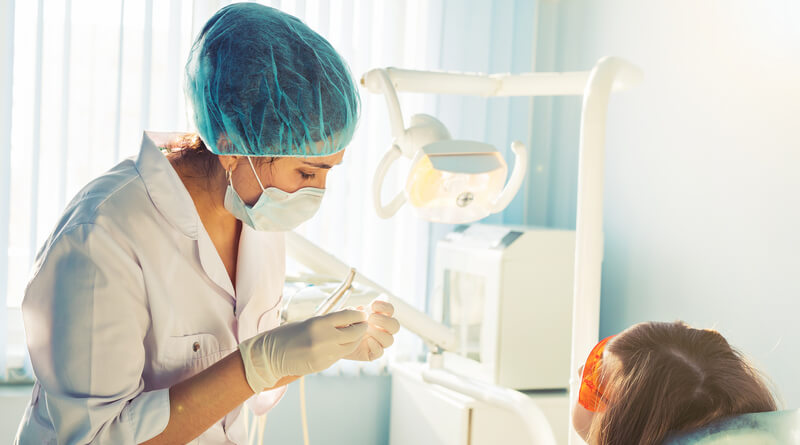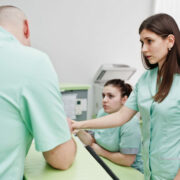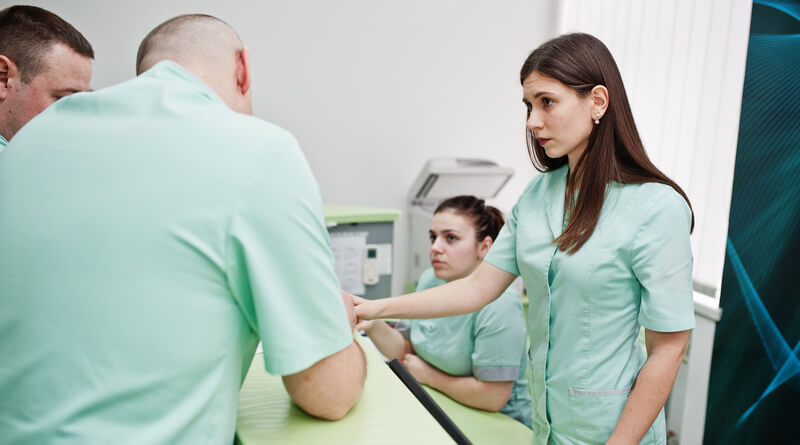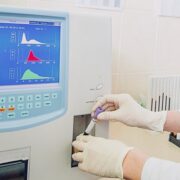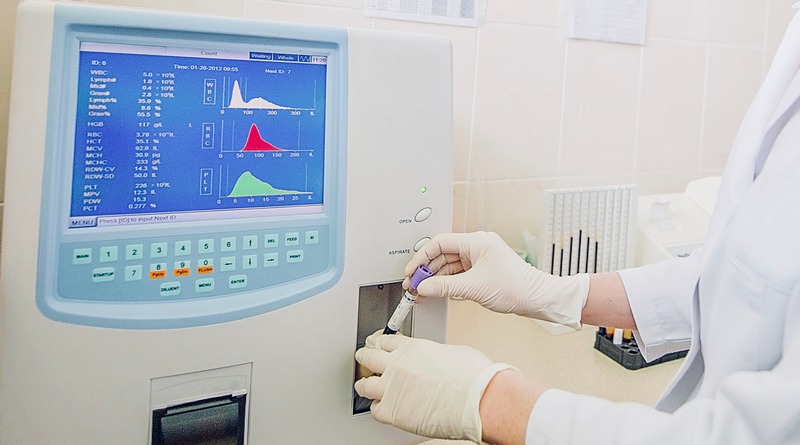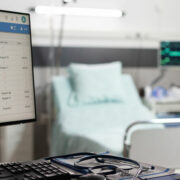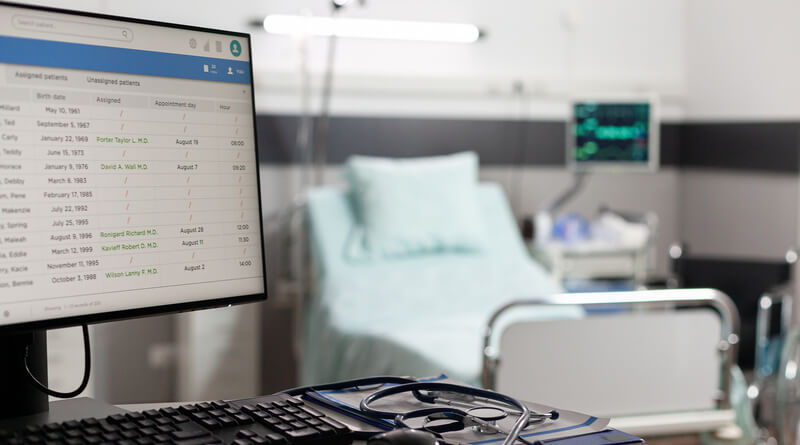Patient safety is a critical component of healthcare that involves protecting patients from harm caused by medical errors or adverse events. Patient safety is an essential element of healthcare as it helps to ensure that patients receive the highest quality of care possible. The consequences of patient safety incidents can be devastating, leading to patient harm, injury, and even death.

This article will focus on the importance of identity management in patient safety. The process of patient identity management is essential in healthcare, as it enables healthcare providers to accurately identify and confirm their patients’ identities, which is crucial for providing safe and effective care. By ensuring that patients are correctly identified, healthcare providers can deliver safe and effective care that meets the patient’s needs.
Patient Identity Management
Patient identity management is the process of ensuring that healthcare providers correctly identify and confirm the identity of their patients. This process is essential to patient safety and patient care, as it helps to prevent medical errors that can result from misidentification or incorrect patient information. The importance of accurately managing patient identity cannot be overstressed.
Accurately identifying patients is critical to ensure that they receive the right care, treatment, and medication. When patients are misidentified, the risk of medical errors and adverse events increases, which can have serious consequences for patient safety and the quality of care they receive.
Examples of patient identity management include:
- Incorporating biometric patient identification solutions, such as iris or facial recognition, which can increase accuracy and efficiency of patient identification
- Integration with patient portals or mobile applications that allow patients to verify their own identity and access their health information
- Automatic alerts for potential identity mismatches or duplicates in the EHR system to prevent errors and ensure accurate patient identification
- Establishing policies and procedures for safeguarding patient information, such as encrypting data and limiting access to authorized personnel
- Educating staff and patients about the risks of medical identity theft and how to prevent it, such as being cautious when sharing personal information online or with unauthorized individuals
By implementing patient identity management processes and technologies, healthcare providers can improve patient safety and ensure that patients receive the right care at the right time.
Patient Safety Risks and Factors Affecting Patient Safety
Identifying patient safety risks is essential to prevent harm and ensure patient safety. By recognizing and addressing potential risks, healthcare providers can reduce the likelihood of medical errors and adverse events.
Several factors can affect patient safety, including:
- Problems arising from a lack of effective communication between healthcare providers and patients
- Inadequate staff training and education
- Medication errors
- Misdiagnosis or delayed diagnosis
- Infections acquired while receiving care from a hospital or healthcare facility
- Incidents of patient falls and other associated injuries
- Equipment failures or malfunctions
Patient safety indicators (PSIs) are measures that can help healthcare providers identify potential safety risks and improve patient safety. Examples of PSIs include hospital-acquired infections, surgical complications, and patient falls. The Patient Safety and Quality Improvement Act of 2005 was enacted to motivate healthcare providers to report and analyze patient safety events and implement strategies to prevent future occurrences.
By understanding the factors that can affect patient safety and implementing PSIs, healthcare providers can take proactive steps to prevent harm and improve patient safety.
Four Main Roles in Patient Safety
Patient safety is a shared responsibility that involves a range of stakeholders in healthcare. There are four main roles that contribute to patient safety:
- Patients and families: Patients and families play a vital role in ensuring their own safety. They can ask questions, provide accurate and complete information, and participate in their care decisions to help prevent medical errors.
- Healthcare providers: Healthcare providers, including doctors, nurses, and other clinicians, are responsible for providing safe and effective care. They can improve patient safety by communicating effectively, verifying patient identity, and following established protocols and procedures.
- Healthcare organizations: Healthcare organizations, including hospitals, clinics, and other facilities, have a responsibility to create a culture of safety and implement policies and procedures that prioritize patient safety. They can support patient safety by providing staff training and education, implementing quality improvement programs, and reporting and analyzing safety events.
- Regulatory agencies: Regulatory agencies, including government bodies and accrediting organizations, are responsible for establishing and enforcing standards of care to promote patient safety. They can improve patient safety by monitoring healthcare providers’ compliance with regulations and promoting best practices.
Each role is critical to ensuring patient safety. Patients and families can act as advocates for their own care, while healthcare providers, organizations, and regulatory agencies can create a culture of safety and implement best practices to prevent harm and improve patient outcomes.
Principles of Patient Safety in Healthcare
Patient safety is a fundamental component of quality healthcare. There are several principles of patient safety that guide healthcare providers in their efforts to prevent harm and improve patient outcomes.
- Patient-centeredness: Patient-centered care is an approach that prioritizes the patient’s values, preferences, and needs in healthcare decision-making. Patient-centered care involves communication, collaboration, and shared decision-making between patients, families, and healthcare providers.
- Teamwork and collaboration: Effective teamwork and collaboration are essential for patient safety. Healthcare providers must work together to communicate effectively, share information, and coordinate care to prevent medical errors and improve patient outcomes.
- Communication: Communication is a critical aspect of patient safety. Healthcare providers must communicate effectively with patients and other providers to ensure accurate and complete information is exchanged and understood.
- Continuous learning and improvement: Healthcare providers must continuously learn and improve their practices to provide safe and effective care. They must stay up to date with current research and best practices, and engage in ongoing quality improvement initiatives to enhance patient safety.
- Culture of safety: A culture of safety is one in which patient safety is a top priority, and where healthcare providers are empowered to identify and report safety events without fear of retaliation. This culture promotes transparency, accountability, and a commitment to continuous improvement.
Each principle is essential to promoting patient safety and ensuring high-quality healthcare. By adopting these principles, healthcare providers can help prevent harm, improve patient outcomes, and promote a culture of safety.
Goals and Strategies for Ensuring Patient Safety
Patient safety goals and strategies are essential components of healthcare quality improvement initiatives. They provide a framework for healthcare providers to prevent harm and improve patient outcomes.
Patient Safety Goals
The National Patient Safety Goals (NPSGs) are a set of guidelines established by The Joint Commission to promote specific patient safety initiatives in healthcare organizations. The NPSGs address a variety of safety concerns, including patient identification, infection prevention, medication safety, and communication.
Internationally, the World Health Organization (WHO) has established Global Patient Safety Challenge initiatives that address specific patient safety concerns, such as medication safety and healthcare-associated infections.
Patient Safety Strategies
Patient safety strategies are specific approaches that healthcare providers can use to improve patient safety. Examples of patient safety strategies include:
- Standardizing procedures and protocols to reduce variability and improve consistency in care delivery.
- Utilizing technology to reduce medical errors, such as electronic prescribing systems and barcoding.
- Implementing effective communication protocols to ensure accurate and timely information exchange between healthcare providers and patients.
- Educating and training healthcare providers on patient safety principles, strategies, and best practices.
NHS Patient Safety Strategy
In the United Kingdom, the National Health Service (NHS) has established a patient safety strategy that focuses on five key areas:
- Improving culture and leadership to promote a strong commitment to patient safety throughout the NHS.
- Reducing patient harm by improving the safety of medication, surgery, and other high-risk areas of care.
- Engaging patients and their families in safety efforts to promote shared decision-making and patient-centered care.
- Developing a skilled and competent workforce that is equipped to provide safe and effective care.
- Using data and measurement to continuously monitor and improve patient safety outcomes.
By establishing and implementing patient safety goals and strategies, healthcare providers can make significant strides in improving patient safety and enhancing the quality of care delivered to patients.
Framework for Addressing Safety Incidents in Patient Care
The Patient Safety Response Framework for Managing Incidents is a systematic approach to responding to patient safety incidents in healthcare. It involves identifying and reporting incidents, analyzing the root causes, and developing and implementing solutions to prevent similar incidents from occurring in the future.
The importance of the incident response framework in patient safety cannot be overstated. Responding to incidents promptly and effectively can prevent harm to patients and improve the overall quality of care. The framework also promotes a culture of safety by encouraging open communication, reporting, and learning from mistakes.
Implementing an incident response framework requires healthcare organizations to establish policies and procedures for reporting incidents, conducting investigations, and implementing corrective actions. It also involves training staff on incident response and creating a supportive culture that encourages reporting and learning from incidents.
Overall, the incident response framework is an essential component of patient safety in healthcare, as it provides a systematic approach to identifying and addressing patient safety incidents, ultimately leading to enhanced quality of care leading to improved patient outcomes
Patient Safety and the Importance of Caregiver Awareness
Patient safety awareness is an essential aspect of ensuring patient safety in healthcare. It involves the knowledge, skills, and attitudes necessary to identify and prevent patient safety incidents. Healthcare organizations can promote patient safety awareness by providing ongoing training to staff and promoting a culture of safety.
One way to promote patient safety awareness is through the use of patient safety attendants. Patient safety attendants are trained professionals who are responsible for monitoring patients and ensuring their safety. They are especially important for patients who are at risk of falls or other types of patient safety incidents. Patient safety attendants can help prevent patient safety incidents by identifying potential risks and taking action to address them.
Patient safety is an essential element of healthcare delivery. It involves the prevention of harm to patients through the identification and mitigation of patient safety risks. Ensuring patient safety involves vital patient identity management, which guarantees timely and appropriate healthcare services are delivered to patients. This necessitates the use of unique combinations of patient identifiers to accurately identify patients and their corresponding medical records.
Healthcare organizations can promote patient safety by implementing patient safety goals, strategies, and incident response frameworks. They can also promote patient safety awareness through ongoing training and the use of patient safety attendants.
In conclusion, patient safety is a shared responsibility that requires the involvement of healthcare providers, patients, and their families. By working together, we can create a culture of safety that prioritizes the well-being of patients and ensures the delivery of high-quality healthcare services.
